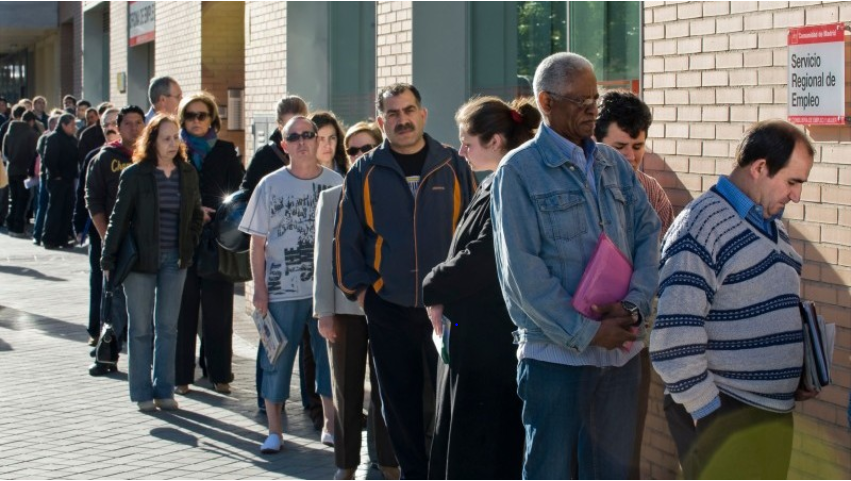De seneste tal for arbejdsløsheden i USA er blevet betragtet som en forbedring af coronakrisen, men en Saxo-analyse viser, at det modsatte er tilfældet. Den permanente arbejdsløshed vil snarere stige, og det er f.eks. udtryk for, at automatisering erstatter arbejdskraft. Det skaber næsten uløselige problemer for regeringen, og det indikerer et problem for alle industrilande.
Uddrag fra Saxo Bank:
Unemployment matters more than you think
Summary: The number of analysis pointing out that the U.S. labor market continues recovering has been quite astounding in light of the August non-farm payrolls report.
We don’t share this optimistic view about the U.S. economy. We have done some data-crunching and have reached a totally different conclusion. Many labor market statistics highlight that the underlying trends in many economic sectors are still deteriorating.
That means the recovery will be probably much slower than anticipated and that the worst is likely not behind us yet, at least in terms of unemployment.
The BLS’s unemployment report draw a lot of attention past week, especially the headline figure that showed the official unemployment rate (called U-3) slowed at 8.3% vs est 9.8%.
This massive monthly drop has been interpreted by many commentators as the undeniable sign that the U.S. labor market is recovering much faster than forecasted.
The reality is quite different. If we dig into data, we see early evidence of scarring effects of unemployment that seriously questions the quality of the underlying economy.
Unemployment duration is jumping fast, with the share of those unemployed for over 15 weeks increasing to 60% in August. And the number of people that permanently lost their job rose from 3400k from 1200k at the beginning of the year. With flu season about to start and the risk of new spread of the COVID-19, further social distancing measures will certainly be implemented in the coming weeks or months, leading to a higher number of permanent job losers.
The below chart, that has first circulated on Bloomberg, does a good job of showing what is really at stake on the labor market. Temporary unemployment has fast decreased once the lockdown has been lifted but permanent unemployment, that will probably increase on the back of corporate bankruptcies in the short- and medium-term, is likely to drag the economy down for a very prolonged period of time.

The immediate risk for the U.S. economy is that a chunk of the population, often the youngest and the least qualified (those working in retail, hospitality etc.), falls into mass unemployment, hence further accentuating the pre-existing and hot inequality issue.
It is likely that the crisis will result in sustainable incentives to automatize and this new wave of automation, whose speed is still uncertain, could attack this time the whole skill distribution and also hurt high-skilled workers.
One obvious consequence of the pandemic is that it will serve as accelerator of change for companies. In the 1990s, the arrival of computers in business life caused labor market polarization. Workers either skilled up or had no other choice but to take low skilled jobs in the service economy.
Those jobs are now at risk in COVID-19 times but no one knows for sure what might happen to white-collar workers. It is likely that the crisis will result in sustainable incentives to automatize and this new wave of automation, whose speed is still uncertain, could attack this time the whole skill distribution and also hurt high-skilled workers. Automation could thus keep unemployment much higher than in previous crisis, potentially for decades if governments do not manage to address this issue.
In fact, in these unusual circumstances, governments, in the U.S. but also elsewhere, are facing an almost insoluble problem.
We are slowly falling into the zombie economy trap that will cause low productivity and low potential growth for the years to come.
Said differently, an undefined share of the population will be permanently or semi-permanently out of the labor market, mostly due to inadequate competence, and will need to be put on life support by the state forever.








